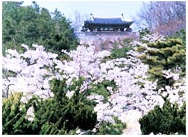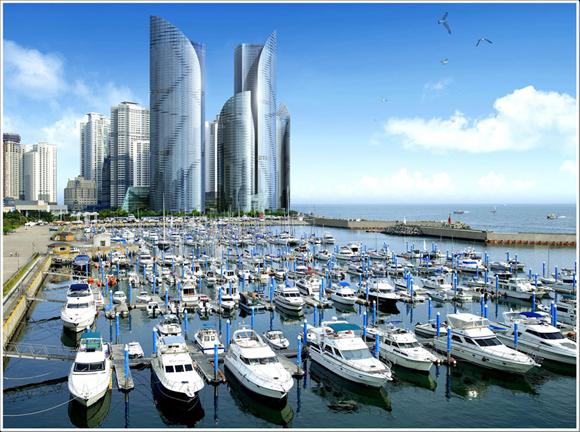Local Information
|
Busan at a glance:
Busan, a bustling city of approximately 3.6 million residents, is located on the southeastern tip of the Korean peninsula. The size of Busan is 765.64km² which is 0.8% of the whole land of the Korean Peninsula. The natural environment of Busan is a perfect example of harmony between mountains, rivers and sea. Its geography includes a coastline with superb beaches and scenic cliffs, mountains which provide excellent hiking and extraordinary views, and hot springs scattered throughout the city. Busan enjoys four distinct seasons and a temperate climate that never gets too hot or too cold. |
|
|
Location: Busan is located on the southeastern tip of the Korean Peninsula at 128° east longitude and 35° north latitude. It is an international city linking the continent and the sea. Busan is located on the same latitude as Tokyo, Los Angeles and Beirut. Busan is about 8 hours and 37 minutes ahead of World Standard Time, and about 24 minutes behind Korean Standard Time. |

|
|
Climate: Located within the temperate monsoon zone and influenced by the maritime climate, the city has four distinct seasons. Busan is relatively warm throughout the year with the average annual temperature being 14°C and the average temperature of April being 13.75°C. The winds are strong due to its location next to the ocean, but such conditions are advantageous in the summer time, as Busan is cooler than other regions. |
 |
|
|








